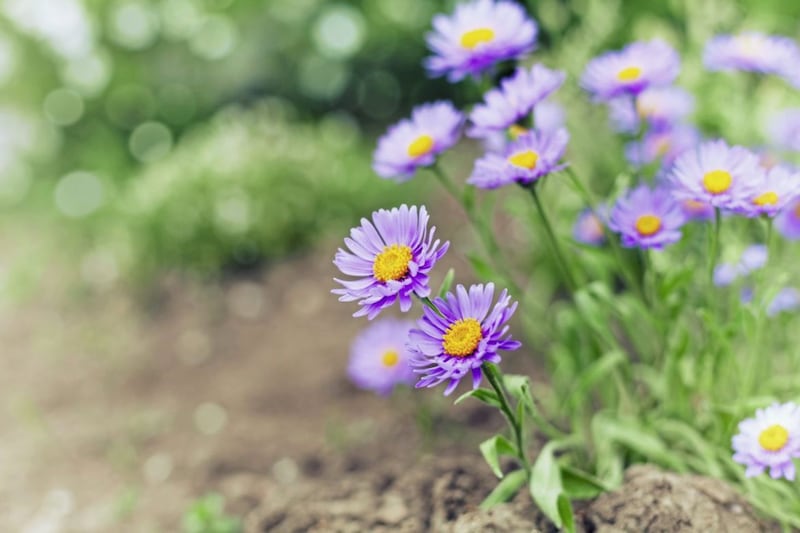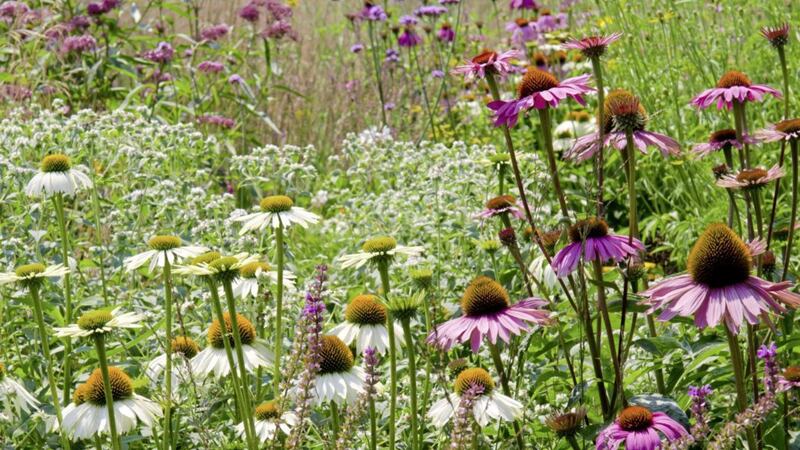THE kids are back at school and in less than two weeks – September 22 – we’ll be closer to the winter solstice than midsummer. But don’t be disheartened, as there’s still good value in the ornamental garden, and even though the nights appear to be drawing in fast, many plants still have much to give.
The flowering period of many of those herbaceous perennials listed below can be extended by cutting them back hard in late May-early June in a technique known as the ‘Chelsea chop’ as its timing coincides with the eponymous flower show.
Staking will also ensure plants remain upright and retain their architectural value when the flowers begin to fade.
:: Love-lies-bleeding – Don’t write-off this half-hardy annual (or biennial) on the basis of its overly-dramatic common name, as it really does deliver for an extended period and demands little attention. Just ensure Amaranthus caudatus is situated in full sun on a well-drained site and is given room to spread so its delicious crimson tassel-like racemes can be shown off through to the autumn.
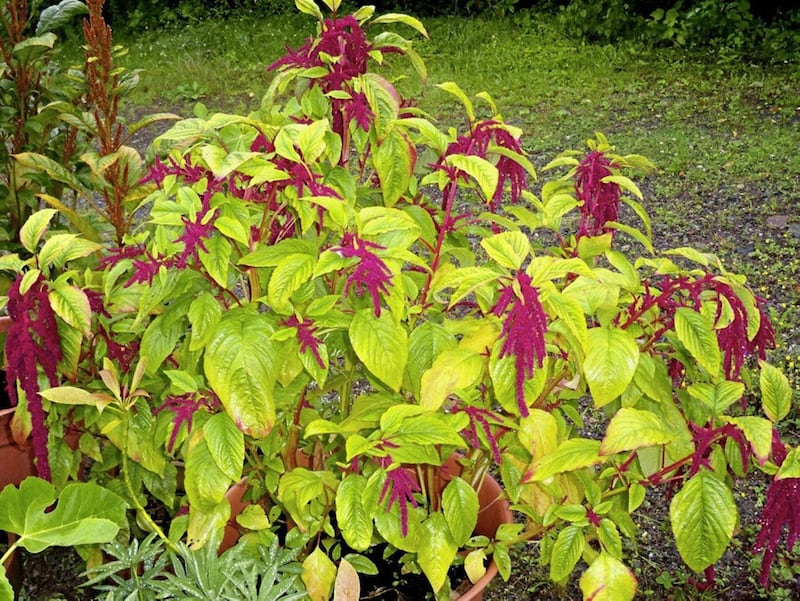
:: Canna Lilies – I’m must concede that I’m ambivalent about canna lilies in that I love the tropical foliage but am rather averse to the often garishly coloured flowers. Nonetheless, I still won’t hesitate in recommending them for borders and containers. They grow from rhizomes (roots), which are sold when dormant over winter. Cultivars with the RHS’s Award of Garden Merit include the orange flowerted Canna ‘Striata’ and yellow with spotted red of ‘Picasso’. Both can grow to a rather substantial 5-6ft.
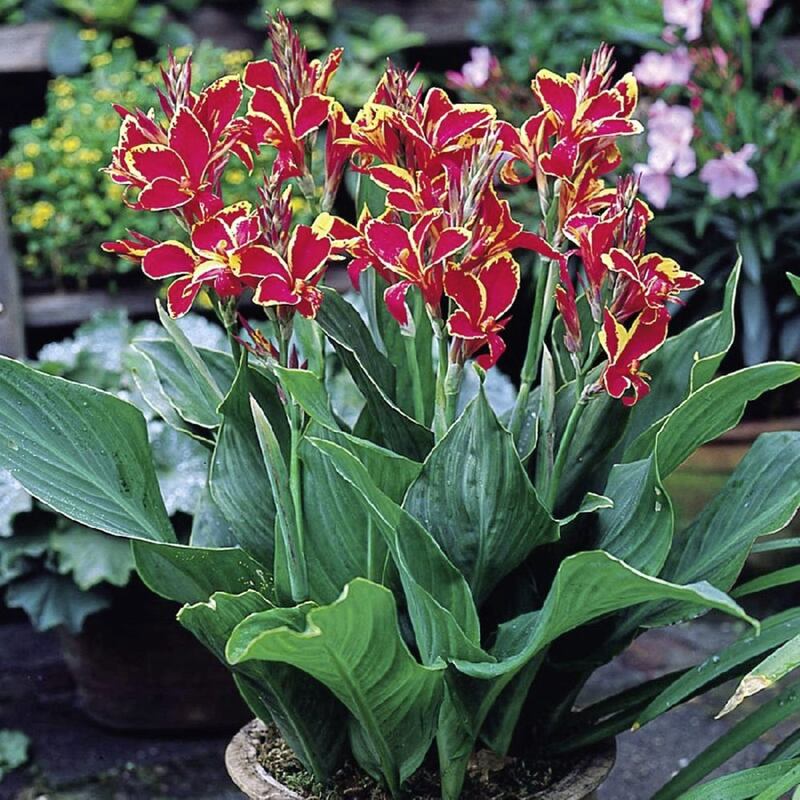
:: Heuchera – Like so many plants, when planted in isolation heucheras can be distinctly underwhelming but put three or more together and they come into their own. There’s no flash flowers to stop you in your tracks but they are great foils to plants whose blooms are immediately more arresting. They come in many shades from bright yellow (’Key Lime Pie’) to burnt orange (‘Marmalade’) and chocolate/burgundy (‘Chocolate Ruffles’).
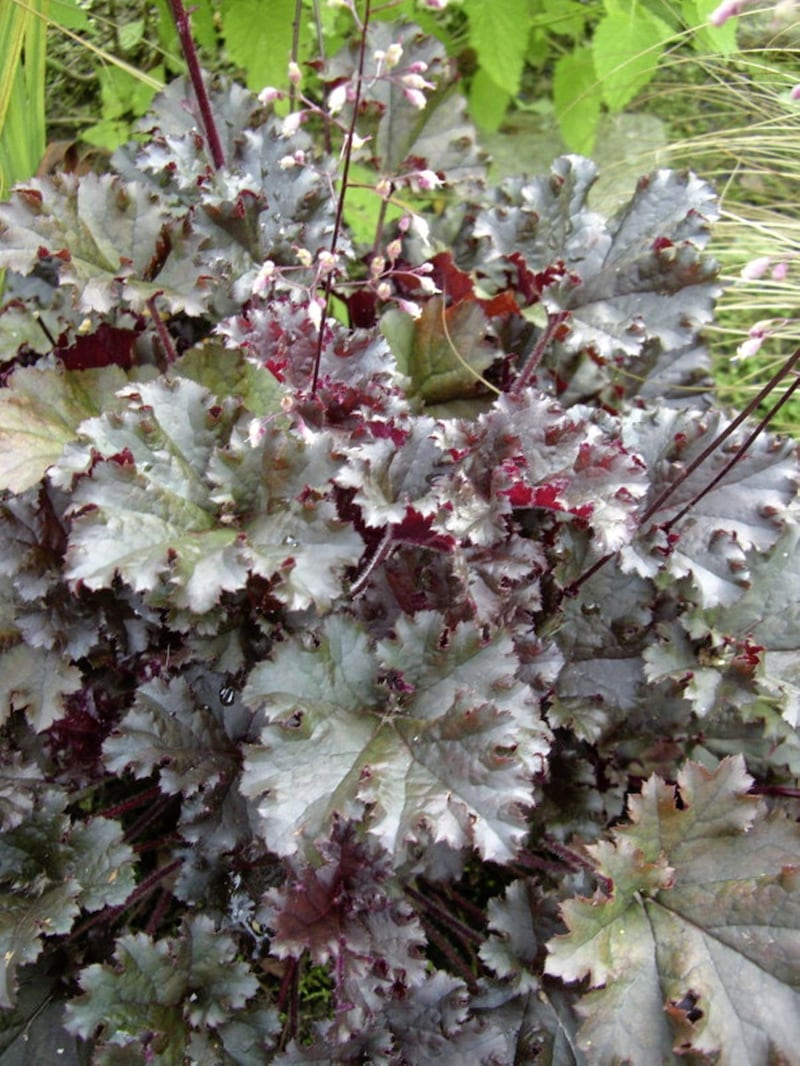
:: Verbena bonariensis - One of the most fashionable plants of the moment, this short-lived perennial will flower from July through to October under the right conditions. The lavender and deep purple flowers are similar to the verbena used in hanging baskets, but are to be found on the end of tall, narrow, sparsely-leafed stems. It's not fully hardy, but thankfully a propensity to self seed means you should never be without one or two.
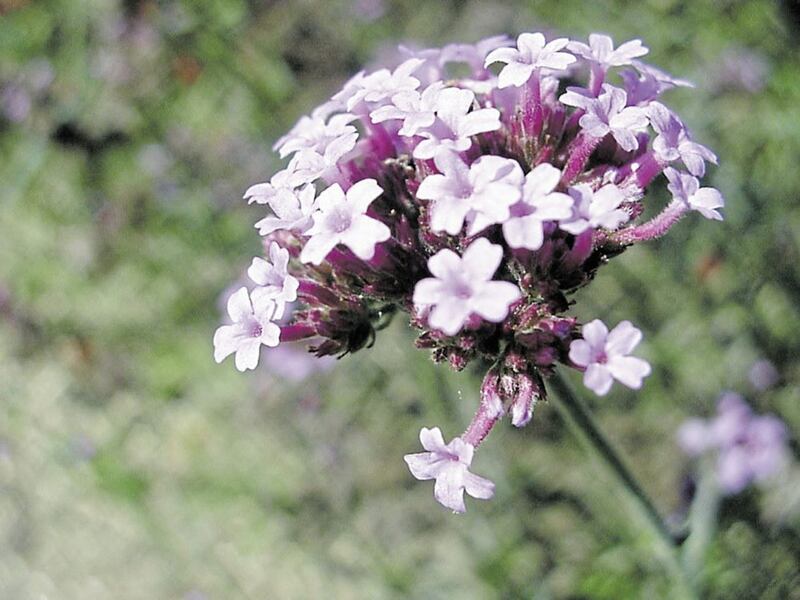
:: Enchinacea Purpurea - With a shape similar to rudbeckia, but differing in colour, this is another prairie plant that has adapted well to north European borders. The big daisy-like flowers have a single row of lilac-pink petals and a deep red centre. In my experience it's a little harder to establish than rudbeckia, but is well worth the extra effort. 'White Swan', like the name suggests, has white flowers with a bronze centre and tends to be shorter than its pink counterpart.
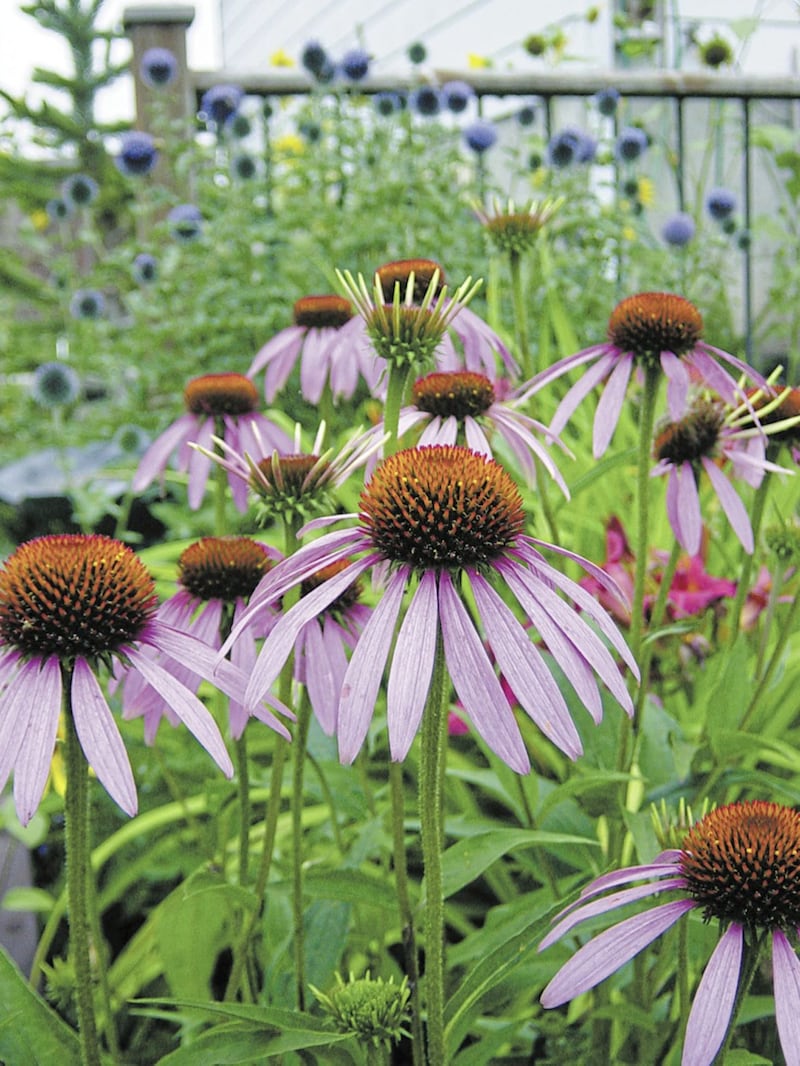
:: Aster - Treading that thin line between eccentric and garish there is no denying the ability of asters (Michaelmas daisy) to light up a space when all around vivid colour is fading to autumn hues. Asters come in a range of colours from pinks to reds and blues, and they are also great for attracting butterflies. 'Little Carlow' is my favourite as it's much easier managed than the larger members of the aster family. Its reliability has deemed it worthy of the Royal horticultural society's Award of Garden Merit (AGM).
